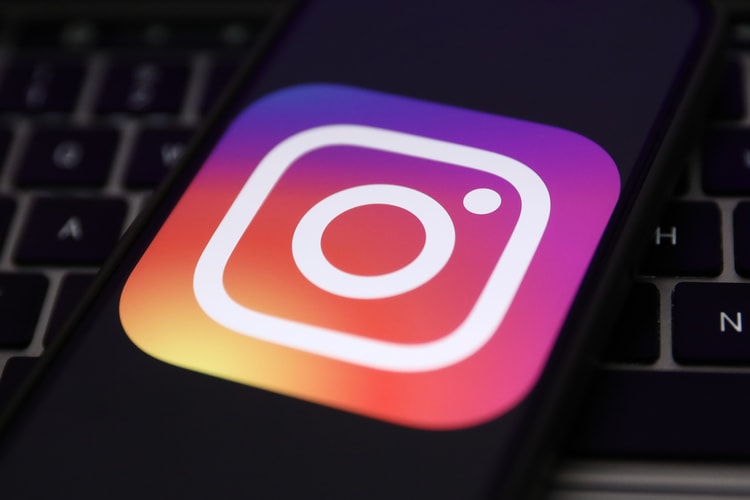Gizmodo: Inside Instagram
Gizmodo recently was given an exclusive inside look into the popular iPhone app Instagram, which

Gizmodo recently was given an exclusive inside look into the popular iPhone app Instagram, which connects friends by sharing their filterable images on a slick social media platform. Throughout the piece, Gizmodo outlines the app’s roots, its growth, and its implications as a business model. In particular, it is noted that Instagram for the time being works purely in the world of iOS, with no web interface. And above all, it is clear owners Kevin Systrom and Mike Krieger are not satisfied with their success, as their ambitions are to eventually be the primary visual medium for friends to share photos across the globe. You can read the article in its entirety here with an excerpt seen below.
Inside Instagram: How Slowing Its Roll Put the Little Startup in the Fast Lane
The must-have app on the iPhone is not iMessage. It’s not iTunes or Safari or even Find My iPhone. It’s Instagram, the photo-sharing app that once described itself as “quirky.” Cultish would be more appropriate these days.
Those who use and love Instagram are locked to their iPhones in far tighter fashion than any contract could ever manage. Just ask someone whose Instagrams show up regularly in your Facebook or Twitter feed; they’ll tell you they’re incapable of using a phone that doesn’t have the service. Yes, Instagram is where your friends drop photos of their lunch. But it’s more than that: It’s a real-time window that peers out into the wide world. It’s where millions post photos of revolutions, riots, the ugly, the beautiful, and the banal. Abandon the iPhone and that window slams shut. And that’s a powerful incentive to stay put. Sure, there are other notable iOS-only apps—Instapaper, for example, or Flipboard. And of course Apple itself makes a slew of useful apps that best anything similar on competing platforms—like the aforementioned iMessage and Safari. But all of those have analogues on other platforms. Not Instagram. Others apps may duplicate what it does—when it comes to photo processing, that is—but without the network, none have its appeal. You want to be on the thing your friends are on. You want to go where the real-time visual network already exists. And, for now at least, that’s not Android or Windows Phone.
In retrospect, Instagram is obvious. Take a picture. Make it better. Share it instantly. That’s all it does, but it does it very well. The app applies photo-filters that add a veneer of fake nostalgia to the present day, with Land Camera and Kodachrome hues. Then, if you want, you can post it on your social network of choice.
You can think of it like a visual Twitter, or a quicker Flickr. But mostly, you should think of it as a bonafide blockbuster.
Instagram launched on October 6, 2010 at 12:30 am, with just two people: company founders Kevin Systrom and Mike Krieger. Both very young: 28 and 25 respectively. Kevin has a lot of presence. He’s tall and direct and on point; in person he’s a lot like he appears in Best Buy’s recent Super Bowl commercial. He had been an intern at Odeo where he met Jack Dorsey and Ev Williams, and watched Twitter take off. Then, while in grad school at Stanford, he met Mike Krieger, an affable Brazilian programmer with an easy smile who still comes across as completely awestruck that he’s got this wolf by the ears. Together, they founded Burbn, a location-sharing service. It failed to catch fire. But their second try? Five alarm.
















